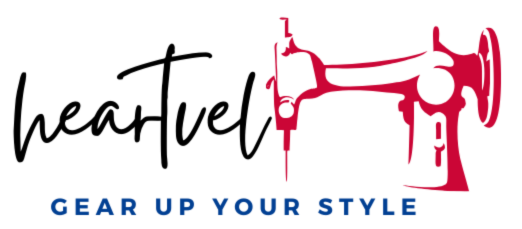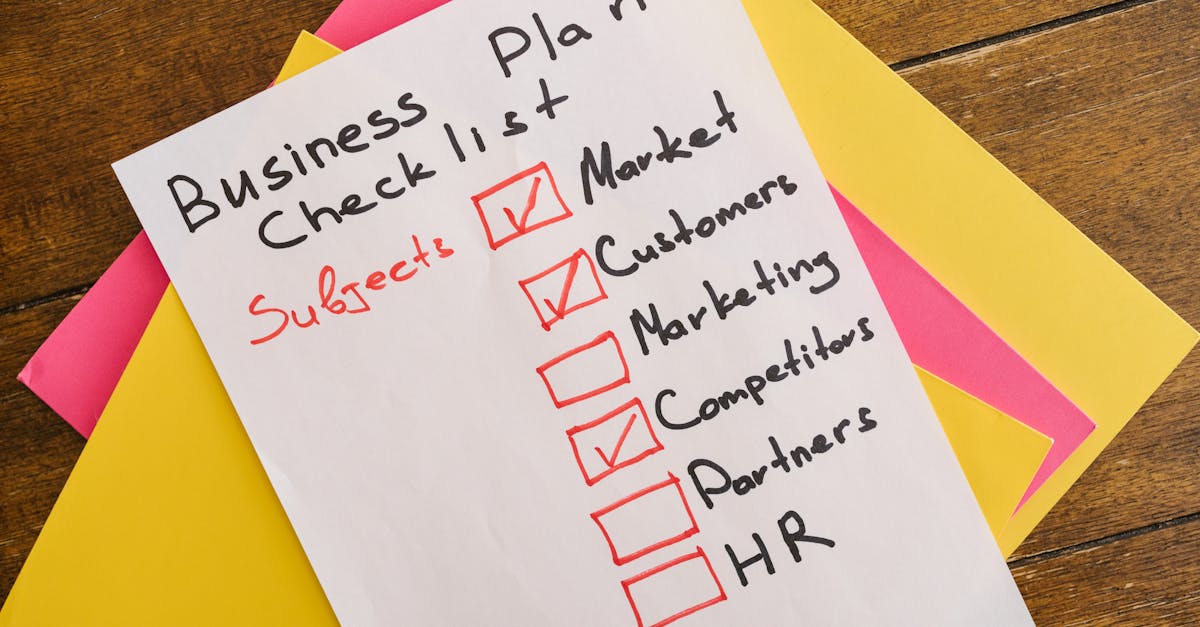From Dream to Wardrobe: Your Step-by-Step Guide to Launching a Successful Online Brand
he clothing industry is one of the fastest-growing e-commerce segments worldwide. With social media marketing, digital marketing, and global shipping at your fingertips, starting an online clothing brand is no longer reserved for big fashion houses. Whether you’re passionate about streetwear, traditional attire, kidswear, or sustainable fashion, the right roadmap can turn your idea into a profitable brand.
In this guide, we’ll walk you through everything you need to know, from planning and product development to legalities, marketing, and scaling.
Step-by-Step Roadmap to Start an Online Clothing Brand
1. Find Your Niche & Audience
Identify your category: casual wear, ethnic, fitness, luxury, sustainable, etc.
Study your target audience: Who are they? (age, gender, lifestyle, spending habits).
Research competitors: What are they doing well? Where can you be different?
Pro Tip: A clear niche helps you stand out instead of “selling everything to everyone.”
2. Create Your Brand Identity
Name & Logo: Choose something simple, unique, and memorable.
Brand Story: Customers connect with emotions, why does your brand exist?
Design Style: Decide on colors, fonts, and photography style that reflect your vibe.
Example: A sustainable clothing brand might use earthy tones, natural fabrics, and eco-friendly packaging.
3. Product Design & Development
Sketch your designs or collaborate with designers.
Choose fabrics and materials carefully, quality = customer trust.
Get samples made before mass production.
Create a size chart to reduce returns.
Design unique packaging that speaks your brand language.
4. Business Setup & Legal Formalities
Register your business (Sole Proprietorship, LLP, or Pvt. Ltd).
Apply for GST (mandatory if turnover > ₹40 lakh or selling on marketplaces).
Trademark your brand name and logo to protect identity.
Import-Export Code (IEC) if sourcing internationally.
5. Build Your Online Store
Options:
Shopify (easy, scalable, beginner-friendly).
WooCommerce/WordPress (customizable, requires tech know-how).
Wix/Squarespace (great for creatives).
Ensure mobile-friendly design since most buyers shop via phones.
Set up secure payment gateways (Razorpay, PayU, Stripe).
Start with a website + Instagram shop for maximum visibility.
6. Choose Your Sales Channels
Marketplaces: Amazon, Flipkart, Myntra, Ajio (need approval & commission).
Direct-to-Consumer (D2C): Sell via your own website for higher profit margins.
Social commerce: Instagram/Facebook shops, WhatsApp orders.
7. Marketing & Brand Awareness
Social Media: Consistently post Reels, styling tips, BTS stories on Instagram, Pinterest, Facebook, Snapchat, and make your professional profile for brand visibilty on LinkedIn and X.
Influencer Marketing: Partner with micro-influencers (high engagement, low cost).
Paid Ads: Run Facebook/Instagram ads to drive traffic.
Email & WhatsApp Marketing: Send offers, new launches, styling guides.
Content Marketing: Write blogs, styling guides, or sustainability tips to build authority.
Remember: Customers buy into lifestyle & identity, not just clothes.
Operations & Logistics
Inventory: Use inventory management software (Zoho, Unicommerce).
Shipping Partners: Shiprocket, Pickrr, Delhivery, or Amazon Easy Ship.
Customer Service: Set up WhatsApp, email, or chatbots.
Returns Policy: Keep it simple and customer-friendly.
9. Launch & Scale
Start small: limited designs or collections.
Collect feedback, improve quality, and scale step by step.
Expand to accessories, seasonal wear, or collaborations.
Reinvest profits into marketing and product development.
10. Growth Hacks for Success
Run festive/seasonal collections.
Offer loyalty rewards for repeat customers.
Collaborate with local artists or designers.
Use UGC (user-generated content), encourage customers to share photos wearing your brand.
Sample Roadmap Timeline
0–3 Months: Research, brand identity, product samples, website setup.
3–6 Months: Launch online store, social media marketing, influencer tie-ups.
6–12 Months: Expand product range, scale ads, explore marketplaces.
12+ Months: Build strong D2C community, focus on sustainability & collaborations.
Conclusion
Starting an online clothing brand is not just about selling clothes, it’s about selling an experience, identity, and lifestyle. With the right strategy, consistency, and creativity, even a small home-based idea can grow into a full-fledged fashion empire.
Your dream brand is waiting. Start today, sketch that first design, choose that brand name, and take the first step toward your fashion journey.
Do I need a lot of money to start?
Can I start without a website?
How do I find reliable manufacturers?
Should I trademark my brand name?
Which platform is best, Shopify, WooCommerce, or Amazon?
How do I market on a low budget?
What’s the average profit margin in clothing?
Do I need GST if I’m small?
How do I handle returns?
How long does it take to succeed?
Ready to launch your clothing brand?
Don’t wait for the “perfect time.” Start small, learn, and grow. Every big fashion empire began with just one sketch and one idea, yours could be next!



